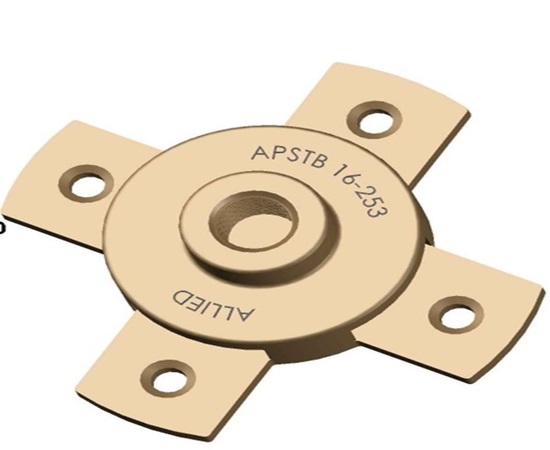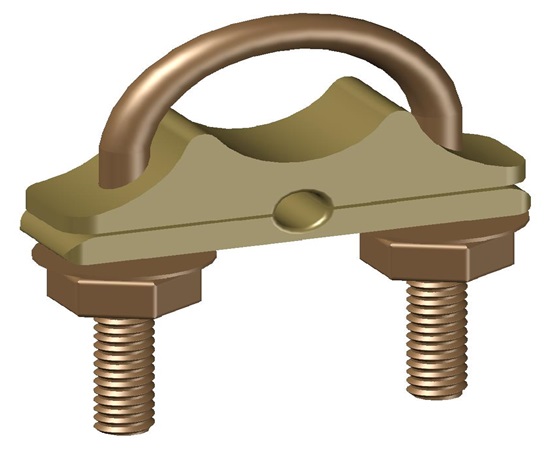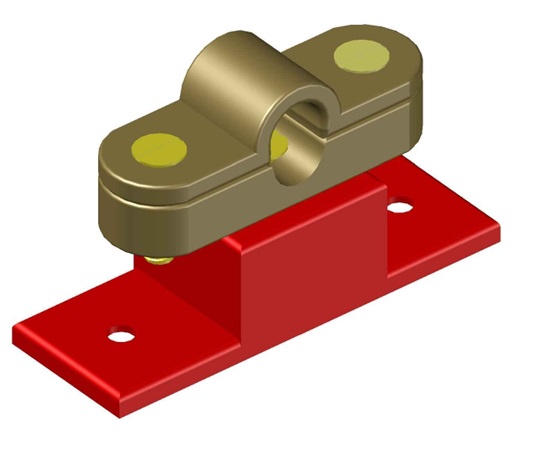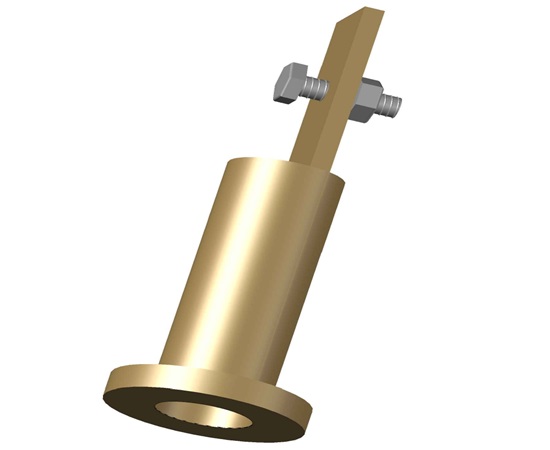CONVENTIONAL LIGHTNING PROTECTION SYSTEM AS PER IEC 62305 & NBC-2016
INTRODUCTION
What is a lightning protection system?
Lightning protection systems are used to prevent or lessen lightning strike damage to buildings. They protect the internal electrical components of a building, helping to prevent fires or electrocution. Lightning protection comes in the form of a lightning conductor, usually a metal rod, mounted on a building to protect it from lightning strikes. The system will intercept a strike so if lightning hits the building, the lightning rod will be hit first, causing the strike to be conducted through a wire, and passing through to the ground safely.
In a lightning protection system, the lightning rod is a single component of the system. The lightning rod requires a connection to earth to give a building protection. Lightning rods come in many different forms, including hollow, solid, pointed or rounded. All lightning rods are made of conductive materials, such as copper and aluminium.
Because of the high energy and current levels associated with lightning a lightning protection system can never guarantee complete safety from the effects of lightning. In a lightning protection system, the current will divide to follow every conductive path to ground but even the divided current can cause damage. These secondary “side-flashes” can still cause a fire, blow apart brick, stone, or concrete, or injure anyone within a building.
Why do We need a lightning protection system?
Installing a lightning protection system is not only about obeying any necessary regulations. The application of lightning protection methods will help protect your building. Damage caused by lightning can lead to equipment downtime, costly replacements, and disruption.


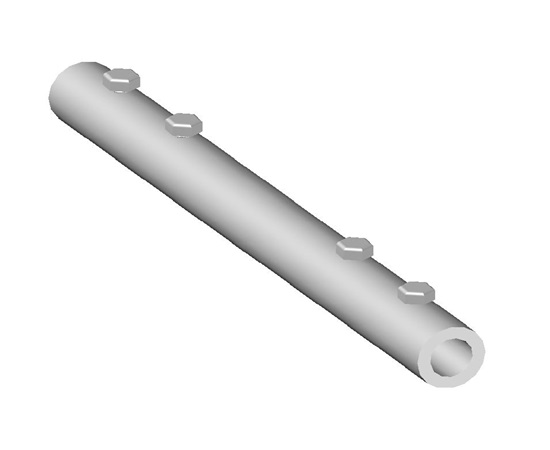
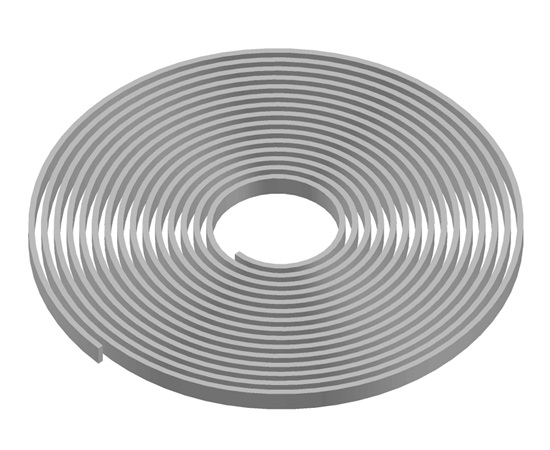
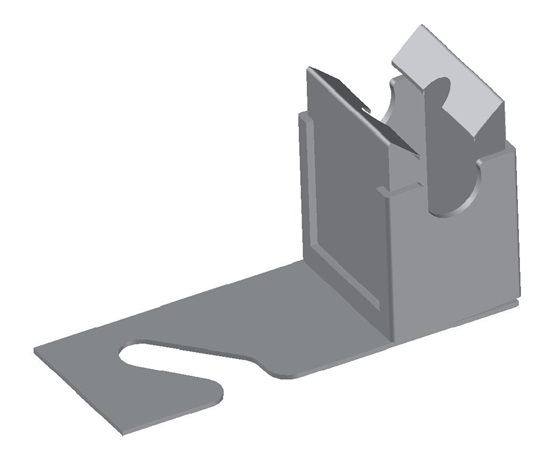
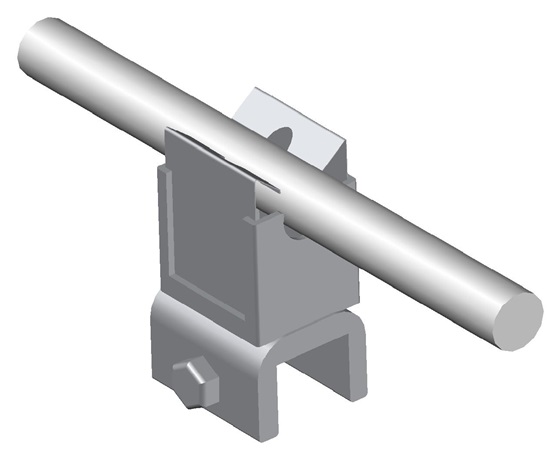

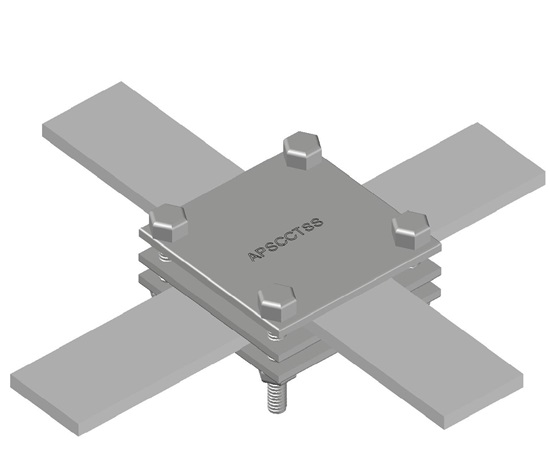
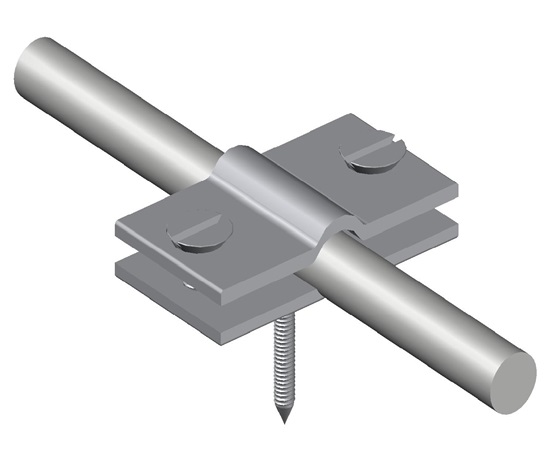
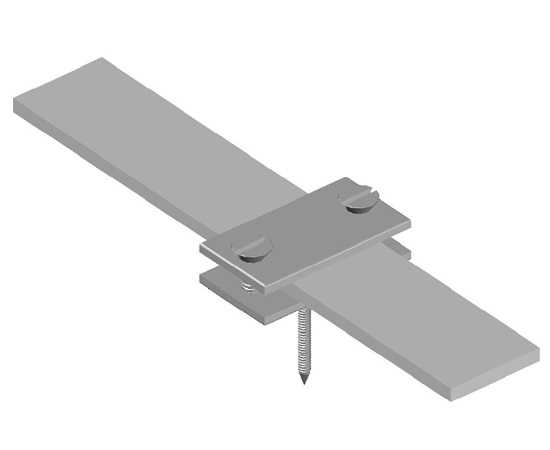
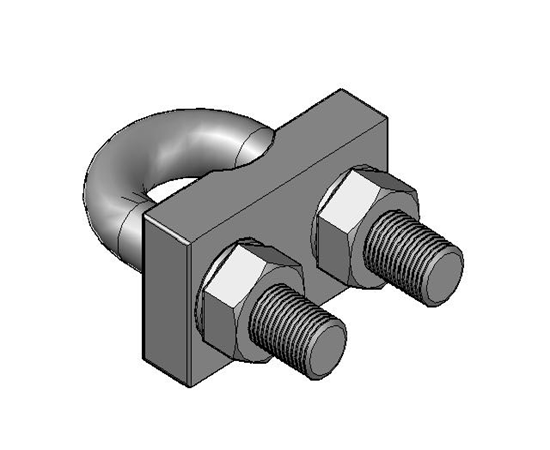
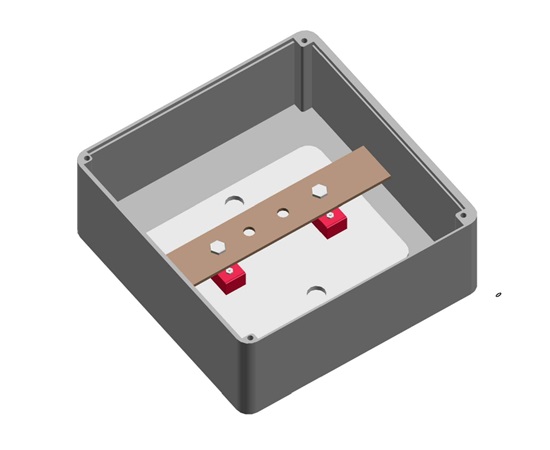
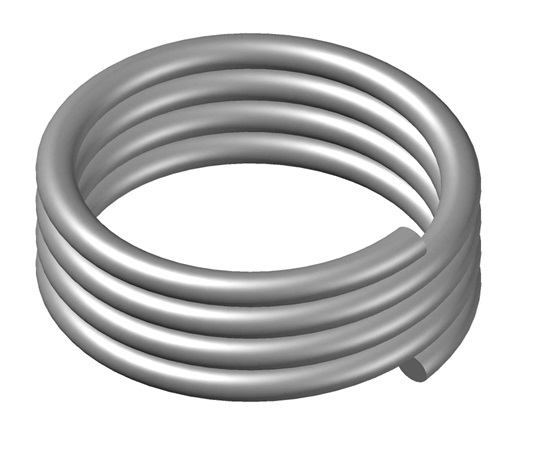

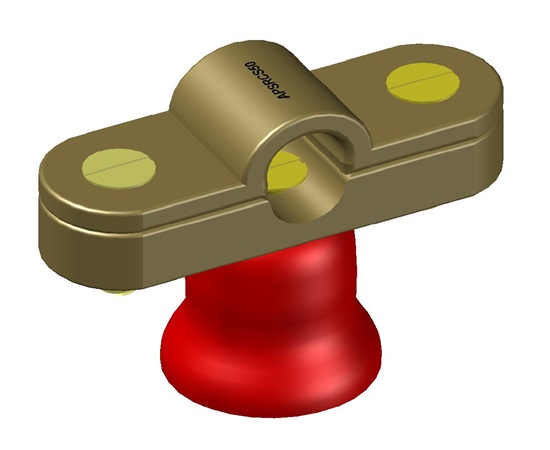
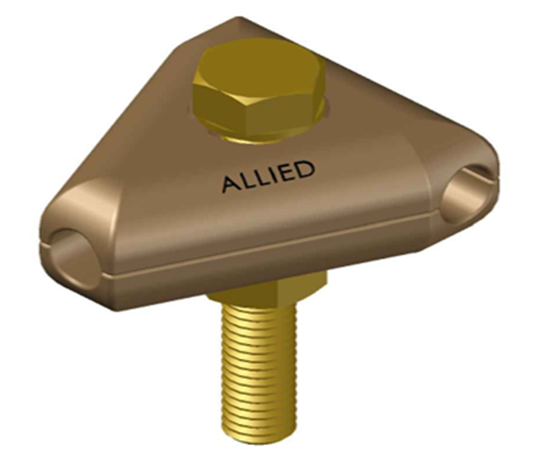
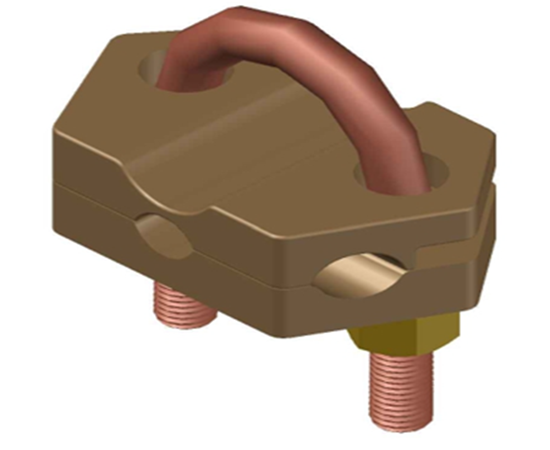
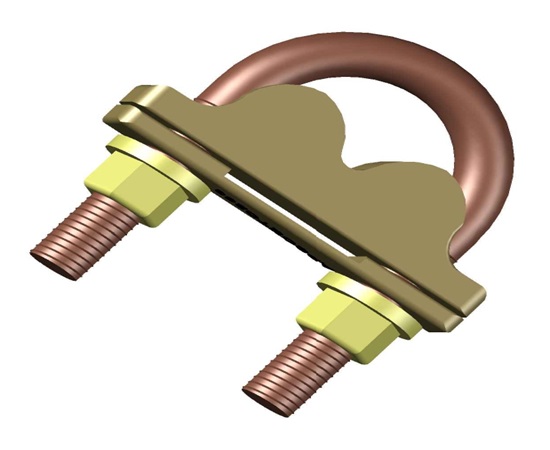
.jpg)
